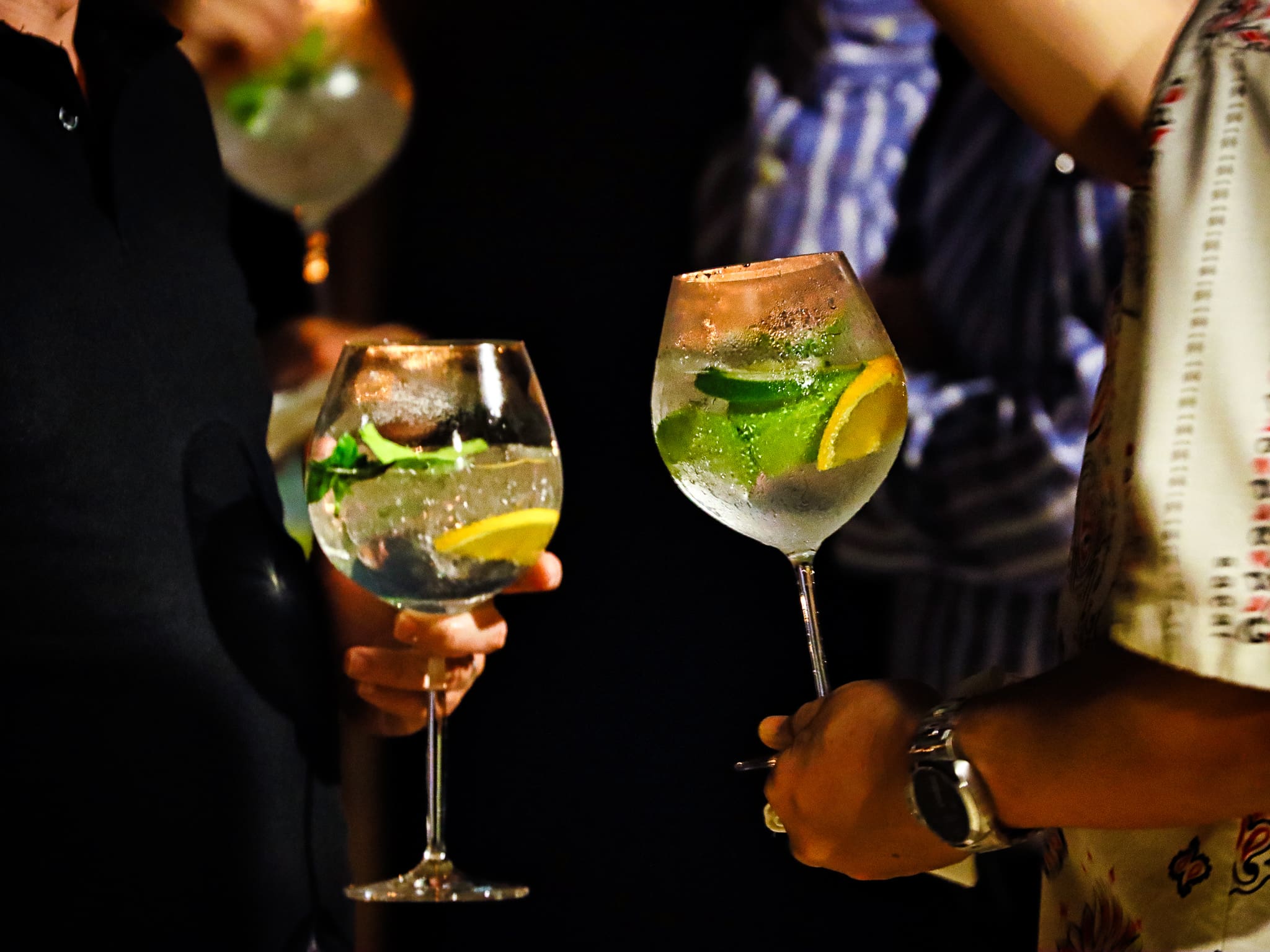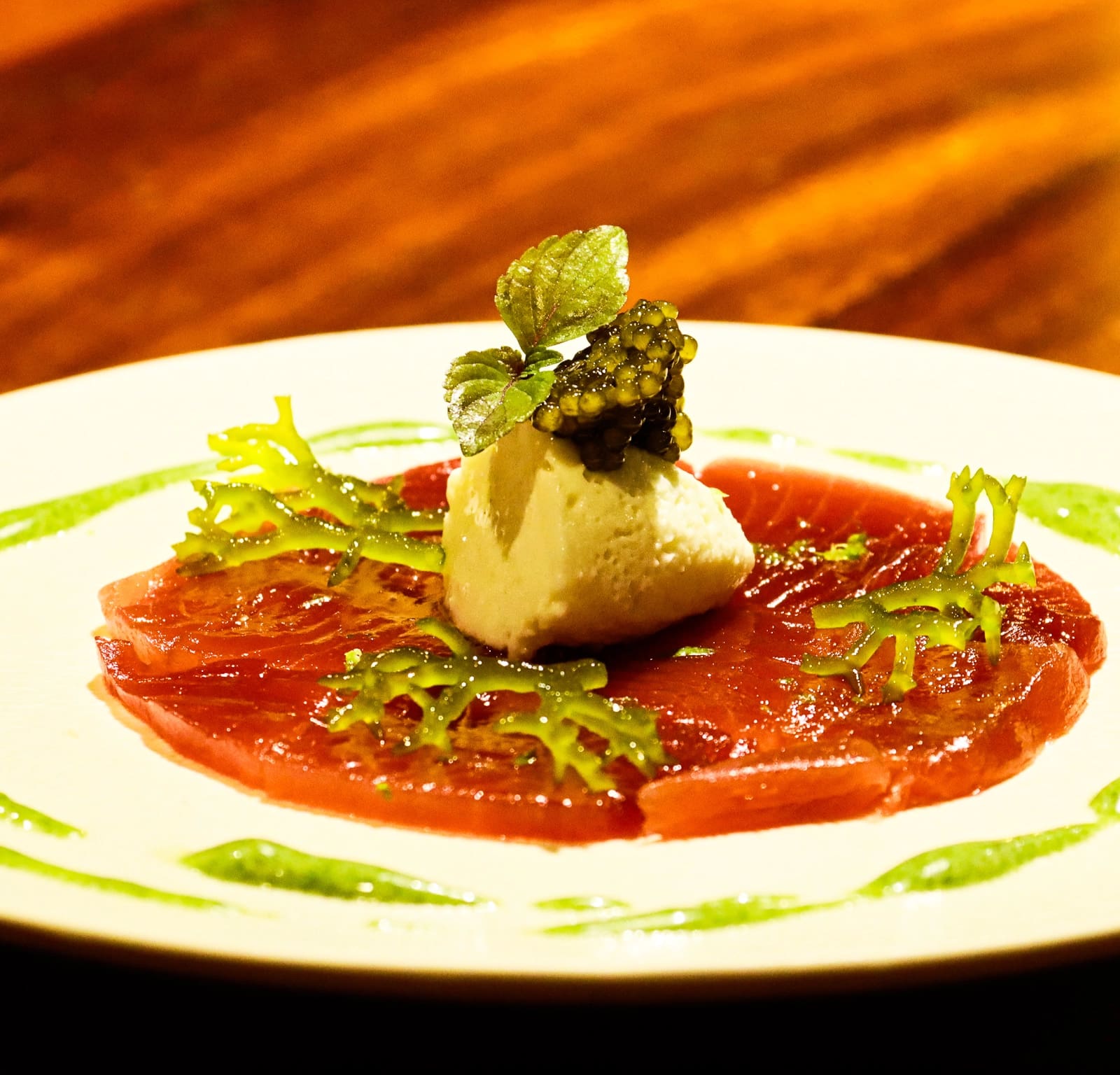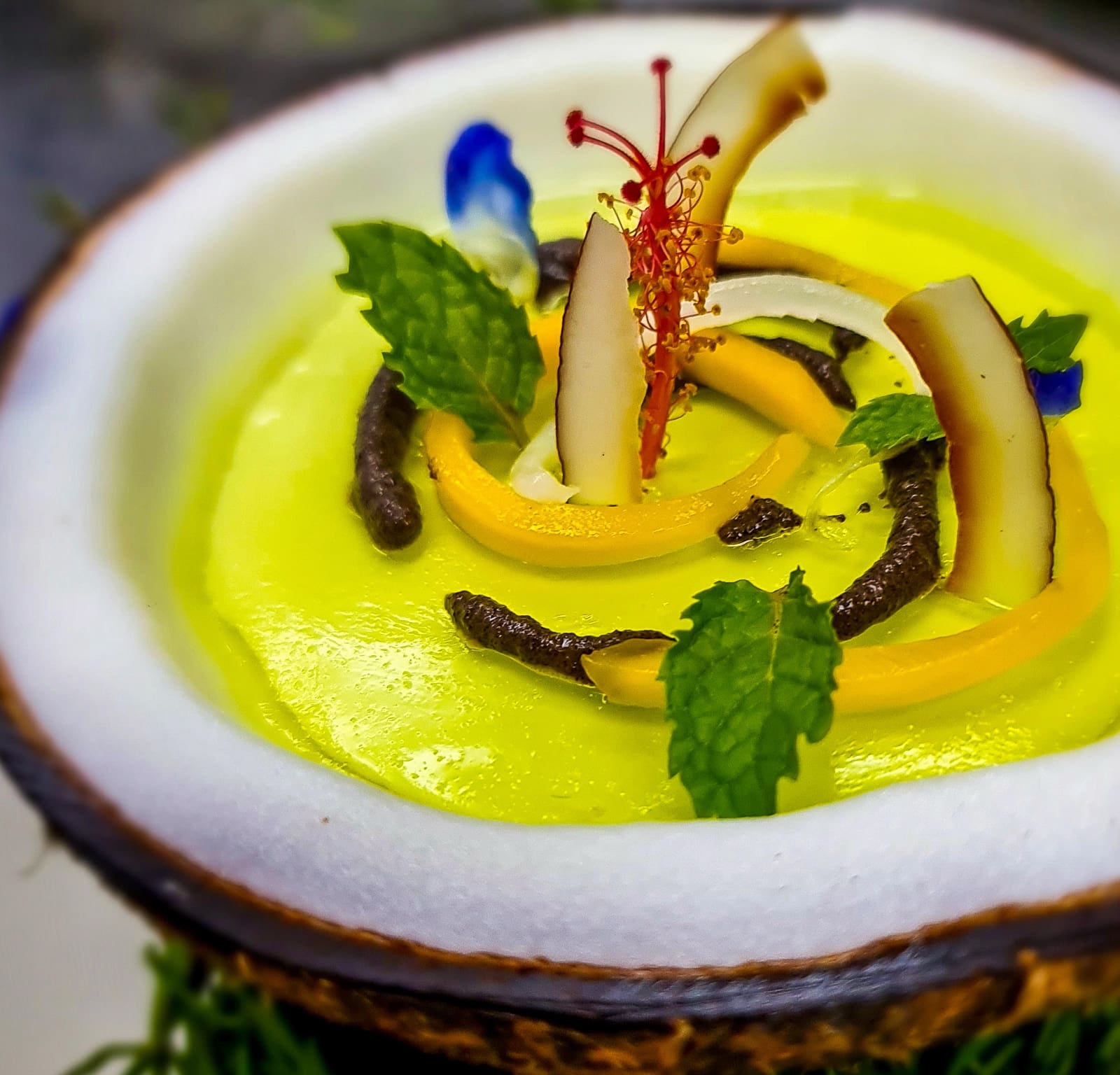In 1993, the Tongan-Fijian writer Epeli Hau’ofa implored us to view the Pacific not as “islands in a far sea,” but rather as “a sea of islands.” The former implies separation and distance, between one another and from centers of global culture. The latter, on the other hand, affirms a state of powerful interconnection. Although Hau’ofa was concerned primarily with Oceania, his words might illuminate the Philippines’ own archipelagic condition. Perspective makes all the difference.
That same year, Amanpulo opened its shores to the world. Located northeast of Palawan and straddled by the sapphiric Sulu Sea, the resort rests on the island of Pamalican.
Prized precisely for its isolation, Amanpulo’s success throughout the decades seems entirely contrary to Hau’ofa’s thesis. And yet, a closer inspection of the resort vindicates him. Not an outpost but an entrepôt, the island is in many respects a gateway to the Philippines and the world—particularly when it comes to food. This idea is happily reflected in Amanpulo’s Culinary Weekend.
Launched just as pandemic restrictions were easing, the Culinary Weekend series began in 2021 as the brainchild of longtime patron Maja Olivares-Co and other like-minded “Amanjunkies” such as Monina Lopez. The first of the series brought together then-Amanpulo executive chef Michele Bellotto and decorated chef Margarita Forés. Earlier this year in March, the event’s sequel was held with Forés at the helm.

The third iteration of the Culinary Weekend was held last October, inviting guests from all over the country as well as the United States, China, South Korea, and Switzerland.
Amanpulo’s new executive chef, Stefan Goehcke, treated guests to a five-course dining experience titled “Across Oceans.” Although from landlocked Leipzig, Chef Goehcke had cut his teeth in the port city of Hamburg, Germany’s own “gateway to the world.” He would then spend the next two decades across Europe, the Middle East, Southeast Asia, the Caribbean, and the Maldives.
“Across Oceans” wed Filipino and Maldivian cuisine in a union bound by the commitment to freshness and seasonality characteristic of New Nordic techniques. Guests began the evening by torchlight on the shore. There, they partook of Maldivian apéritifs and hors d’oeuvres to set a baseline for a cuisine new to many. A highlight was the kulhafila, a light fern salad served in a sea urchin shell.
Also noteworthy were the mashuni croquettes, which took a traditional Maldivian breakfast and rendered it bite-sized. With a croquette in one hand, guests were free to clasp the beverage of their choice in the other. Options included Amanpulo’s own Farm Gin, inspired by botanicals from the island, and the tropical fruit-based Maldivian Lady cocktail.
Dinner-proper was at the Lagoon Club, a seaside enclave nestled within the island. As Goehcke explained, the meticulously-sourced ingredients were the star of the show. Much of the produce was grown on the island itself, at Amanpulo’s closed loop farm. This was also the case with the meat and seafood, which were largely caught by neighboring fisherfolk or raised sustainably by residents of the adjacent island of Manamoc. These local treasures were combined with the fine culinary imports one would expect from an Aman property.

The first course demonstrated this spectacularly. Tuna carpaccio with a saltfish mousse characteristic of the West Indies was topped with tambalang seaweed and Ossetra caviar. A mushroom taster followed as the second course. The versatility and cultural ubiquity of this particular ingredient was on full display as the humble mushroom was served pickled, in croquette form, as a cappuccino, and with goat. Fish comprised the third course. Mangrove snapper grilled with lemongrass was served with a tamarind sauce and topped with ginger.
The penultimate course centered on duck. It was served three ways. First to bat was the foie gras. The quintessential French delicacy was accompanied by a passionfruit sauce and Philippine cacao reduction. Next was a breast confit of native duck raised on neighboring Manamoc, served with yam and sweet potato. Finally, guests were treated to a rather remarkable rendition of adobo. Forgoing the soy sauce characteristic of modern expressions, Chef Goehcke had opted for a more historical approach. Native duck was braised in the more traditional coconut vinegar and served au jus with rice (of course). Adobo went toe to toe with the finest French foie gras as guests were transported not simply across oceans, but time itself.
Dinner ended with a coconut panna cotta with papaya seed salsa. Delightful and deceptively healthy, eating straight out of a coconut resting atop a bed of island vines evoked the intimate relationship between food and the natural world. As the festivities concluded, song and dance made for an excellent digestif.
Amanpulo is indeed an entrepôt, but by pushing the envelope it also becomes a ship. Gazing at the reflection of navigational stars cast off a villa pool, one cannot help but imagine the dynamic course the resort is charting in the vast yet now undeniably interconnected culinary seascape. Wherever it makes port next, we hope to be along for the journey.


- Inside Filipino Restaurant Abacá, Recognized As One Of The Best In The US
- The Next Generation Of Dessert: A Catch-Up Conversation With Chef Miko Aspiras
- An Ode To The Motherland: Filipino Cuisine Takes On The Global Stage
- Toyo Eatery Brings Filipino Identity To The Haute Dining Scene, Minus The Hell’s Kitchen Antics
